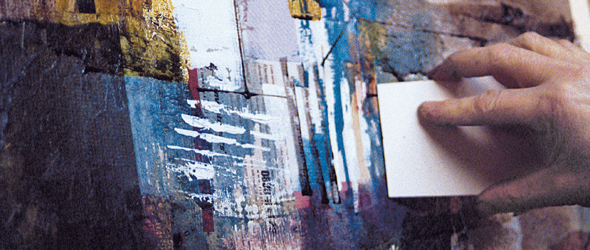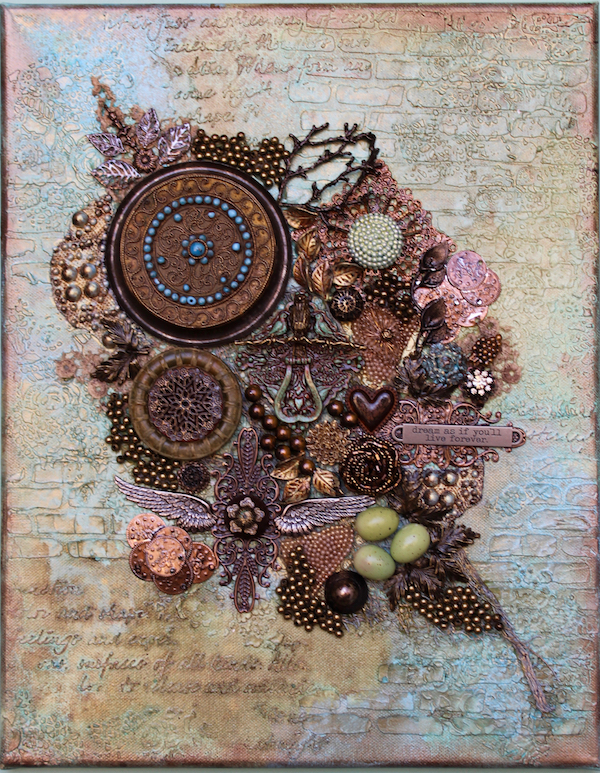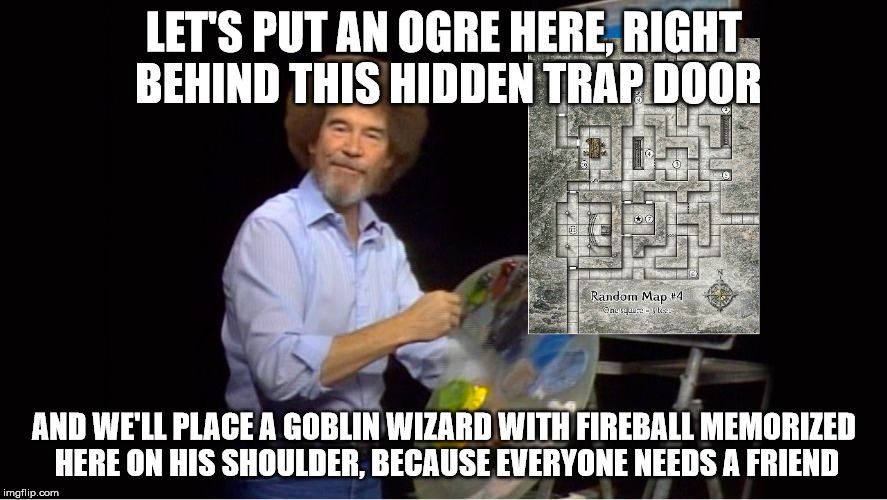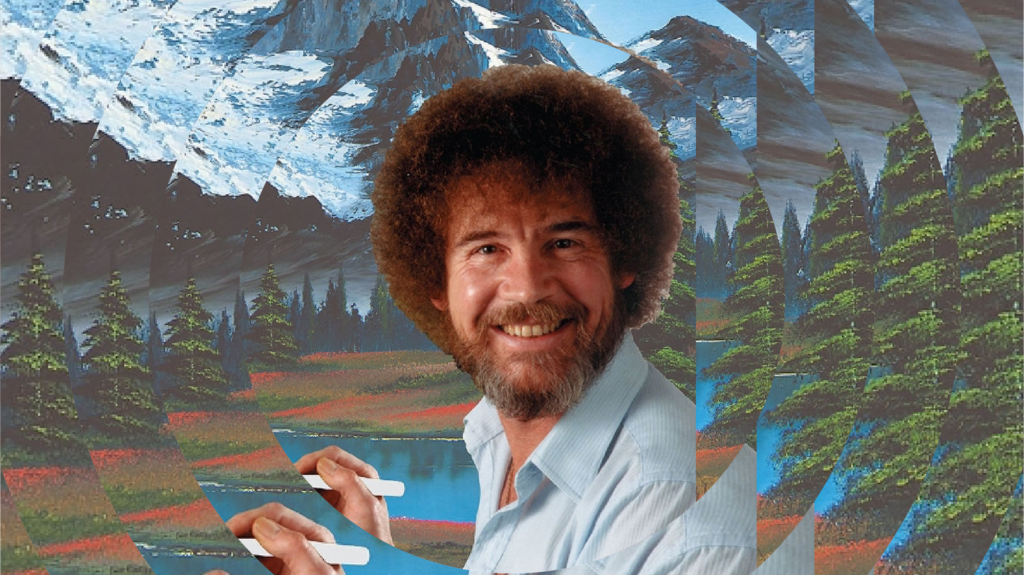Texture tricks of the light are major components…
…in creating physical and emotional responses in all artwork.
All Visual Texture tricks of the light simulate our sense of touch in a visceral sense. Synthetic textures can simulate the real and trigger perceptions associated in nature. Our somatosensory system determines our touch stimulus. It is composed of three agency receptors: Temperature or thermoreceptors is one, pain is associated with our nociceptors, and the mechanoreceptors involve the changing degrees of pressure felt on skin.
Simulating natural texture is a common theme used by most artists to interpret stimuli. The illusion of texture can stimulate the same responses as the natural.
Here’s some fun things to try with texture in your artwork.
Make a collage with your favorite textures.

Then create a montage from from preexisting images.
Try it in abstract and distort the textures with color.

And finally make an assemblage of several items heavy in texture and arrange them as a whole.

The illusion of actual texture is inherent in each example. Each material used gives it’s own sense of touch. Engaging in texture with 2 dimensional art is a great way to experiment with our tactile senses. Using the visual to imply touch within our minds is a great way to convey a deeper sense to others. Scale and gravitational changes are not always what we expect. Conceptual elements are always important. Each line, each form, each texture a part in the overall structure.
Patterns: repeated elements.
Mark: the visible trace or impression of a line.
Look for tiny details in texture when trying to simulate them. Observe close up the intricacy of single rock and try to copy the deep textures using different pencil sizes, charcoals, and brushes.
Take your time and slow observe the textured quality!

More Tricks of the Light – Space, scale, and proportion
Here, there, and everywhere – Space can real or illusionary. Real as in the space you occupy at the moment or illusionary as what you see occupied on your TV screen. Spaces can make you really happy or extremely sad. We dream about it, fight wars for it, design it, build upon it, etc…
At present, our main picture plain is the screen in front of you occupying your mind. It’s a two dimensional surface with only height and width to work with. Like a piece of paper or canvas. All is controlled by the edges of the picture plane. Any flat surface will do. Dividing the surface geometry and conquering space is the goal here.
Shallow space stresses the two dimensional aspect. It activates the edges of the page and recognizes the flatness of the image.
Maps and schematics emphasize this aspect quite well.

Plastic Space gives us the illusion of 3D on a 2D surface. It uses many elements to create the tension needed for depth. It becomes more apparent with the differing perspective systems available.
Scale refers to the size of an object in relation to the human body. Is it scale to the page or to the whole? How big is the shape in relation to the picture plane?
Reducing an objects size is called Diminution. The object goes back in space. Place a tree near the edge of the plane then place a smaller one behind it. The illusion creates depth in space.
Atmospheric perspective modulates color properties to mimic nature. Closer objects are brighter and high in contrast and the distant ones are darker hues of blue and grey with blurred fuzzy effects.

Light Tricks are always important!
On the Use of Optical Devices by Renaissance Painters – Part 1 of 5
Explores the fascinating relationship between science and art. World-renowned scientists, including researchers from the Met and from Harvard University, a Nobel Laureate chemist, and a physicist, give talks concerning the application of scientific research on works of art. Marco Leona, David H. Koch Scientist in Charge, Department of Scientific Research, The Metropolitan Museum of Art, introduces the program.
